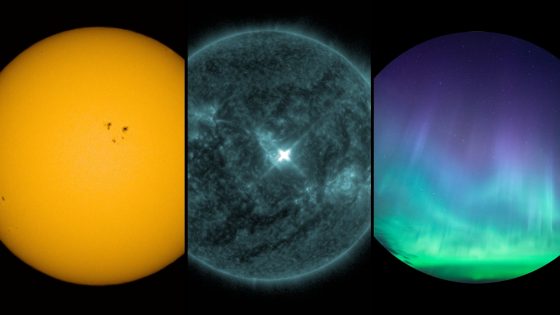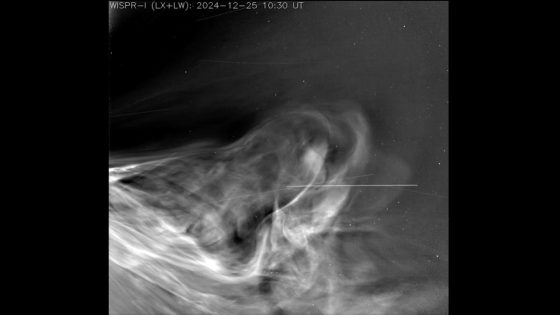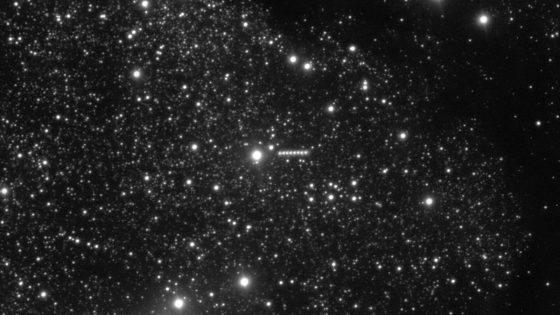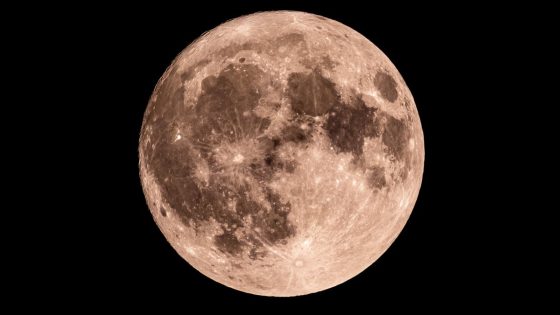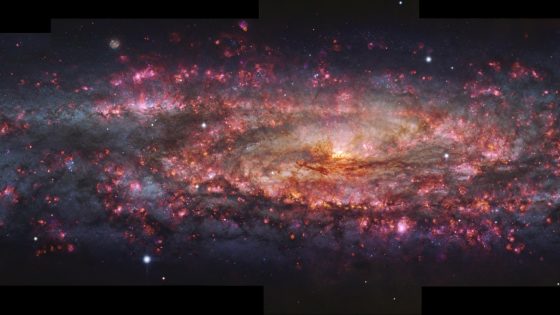Sunspot region 4168 is captivating astronomers with its recent activity. This active region has unleashed three M-class flares within just 24 hours, marking a significant uptick in solar activity. On August 6, 2025, it produced a powerful M4.4-class flare, peaking at 11:58 a.m. EDT, and sent a coronal mass ejection (CME) into space.
- Sunspot region 4168 active with M-class flares
- M4.4-class flare peaked on August 5
- CME launched sideways, avoiding direct hit
- Potential minor geomagnetic storm on August 8
- Auroras possible in northern Michigan, Maine
- CME's magnetic orientation crucial for auroras
Interestingly, despite the flare originating from a central position on the sun’s disk, the CME veered sideways, directing most of its plasma westward. However, space weather experts caution that Earth could still experience a glancing blow from the CME on August 8, potentially leading to a minor geomagnetic storm and auroras visible in northern regions like Michigan and Maine.
This unusual behavior raises questions about solar dynamics. Why did the CME not head directly towards Earth? Understanding these phenomena can help scientists predict space weather more accurately. Key points include:
- Most solar flares typically direct CMEs towards Earth.
- Magnetic orientation of the CME is crucial for aurora visibility.
- Space weather models suggest a potential impact window.
As we continue to observe the sun’s behavior, advancements in solar forecasting could enhance our understanding of space weather, helping US prepare for future events.



